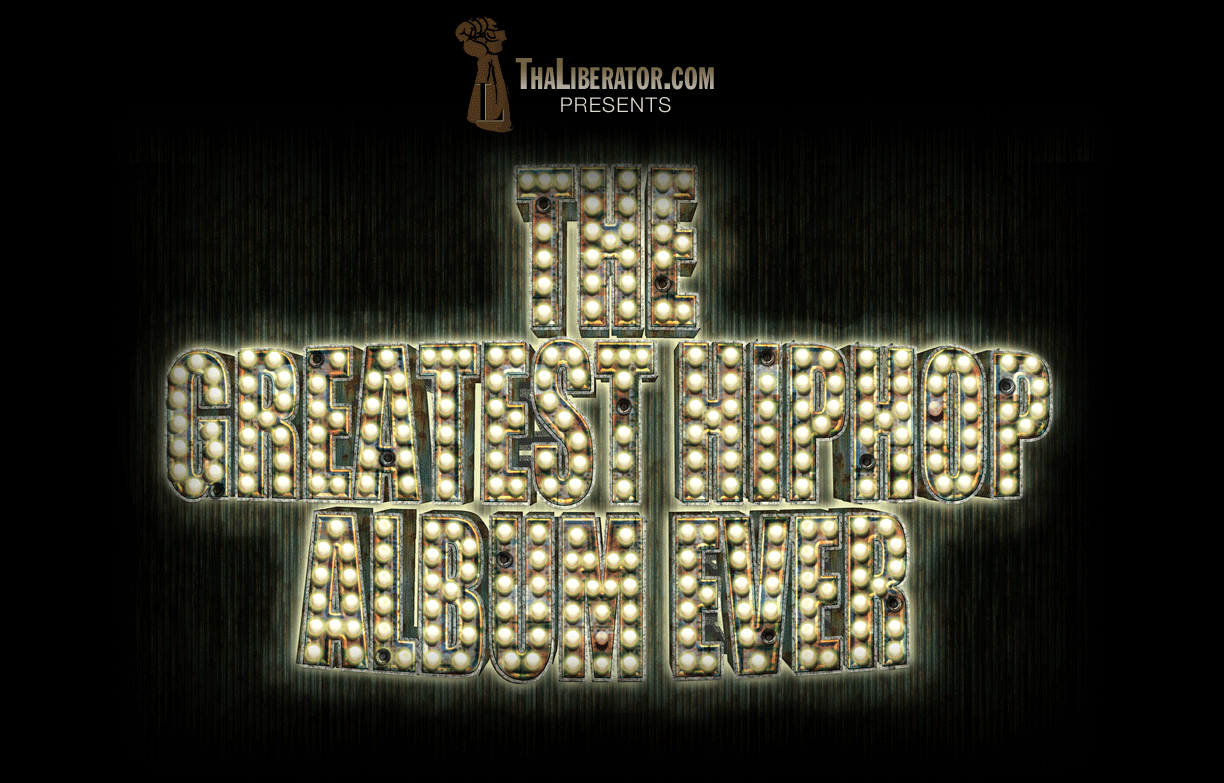LATASHA
On March 16, 1991, 15-year-old Westchester High School student Latasha Harlins walked into Empire Liquor Market in South Central Los Angeles to buy a $1.79 bottle of orange juice.
A surveillance video shows Latasha placing the bottle in her backpack as she walks toward the front counter where 51-year-old Korean store owner Soon Ja Du, presuming the orange juice is being stolen, reaches out and grabs the backpack. Latasha then turns and punches Du three times, knocking her down behind the counter.
Du gets back to her feet and throws a stool at Latasha who picks up the bottle, dropped during the altercation, and puts it back onto the counter.
As Latasha turns to leave the store, Du pulls a holstered .38-caliber revolver from beneath the counter, removes the gun from the holster, knocks aside the orange juice, and shoots Latasha in the back of the head from a distance of approximately three feet, killing her instantly.
Latasha had $2 in her hand when she died.
In the trial that followed eight months later Du claimed she shot Latasha in self-defense. The jury rejected this argument and found Du guilty of voluntary manslaughter, determining Du had the intent to kill Latasha and that the killing was unlawful.
A 16-year prison sentence was recommended. Presiding judge, Joyce Karlin reduced the sentence to probation of five years, 400 hours of community service, and a $500 fine.
The verdict did not sit well in a Black community where tensions between Korean store owners and their Black patrons were already at a boiling point.
RODNEY
On March 2, 1991, from the balcony of his Lake View Terrace apartment, George Holliday recorded a confrontation between motorist Rodney King and LAPD officers Stacey Koon, Laurence Powell, Timothy Wind, Theodore Briseno, and Rolando Solano.
After pulling him over following a high-speed pursuit, the officers proceeded to assault King with nightsticks, Taser shots, fists and kicks, causing nine skull fractures, a shattered eye socket and cheekbone, a broken leg, a concussion, injuries to both knees, a broken right ankle, numerous bruises and lacerations, and nerve damage that left his face partially paralyzed.
Just after the incident Koon typed a message into his in-car computer: "U just had a big time use of force. Tased and beat the suspect of CHP pursuit." Powell also typed a message stating: "I haven't beaten anyone this bad in a long time."
The video, which was released to the media and quickly went the 1991, pre-Internet, pre-YouTube, pre-ubiquitous cellphone camera equivalent of viral, represented the visual evidence to support the claims being made for years by Black residents of South Central LA that the LAPD routinely employed heavy-handed, overly aggressive, and abusive tactics.
The Los Angeles district attorney charged officers Koon, Powell, Briseno, and Wind with use of excessive force. The trial began one year later in March 1992, with the final verdict coming in on the afternoon of April 29.




